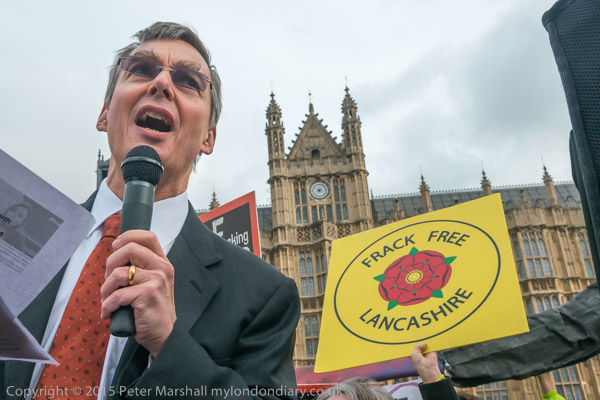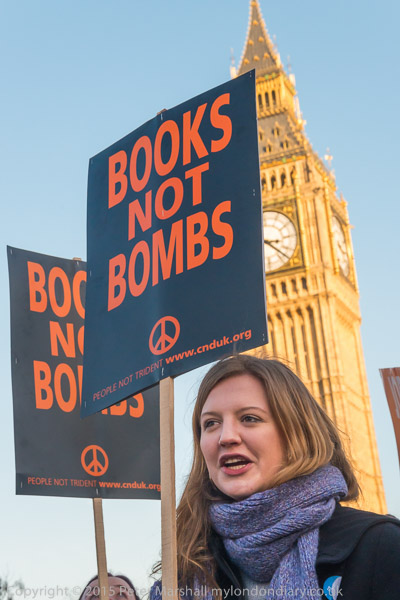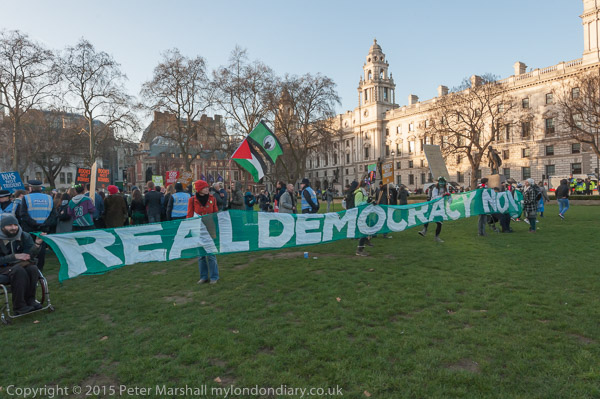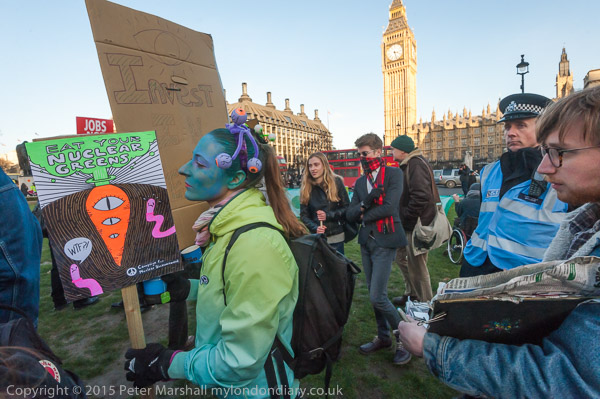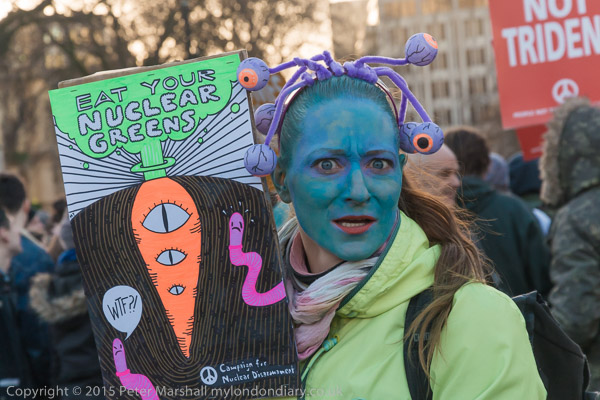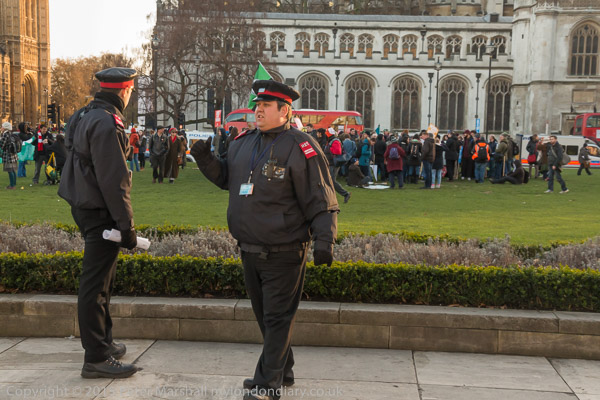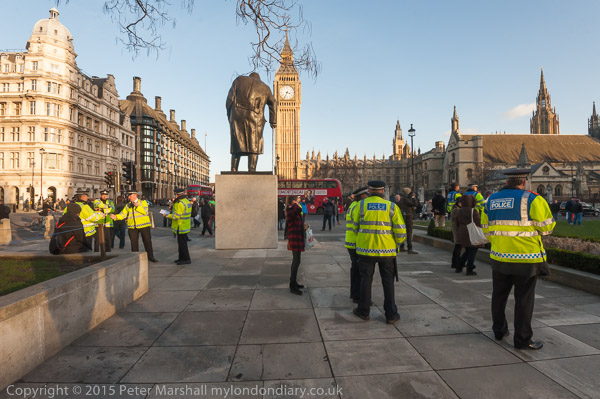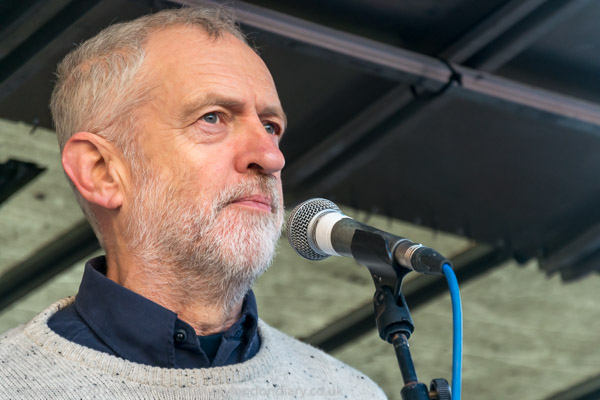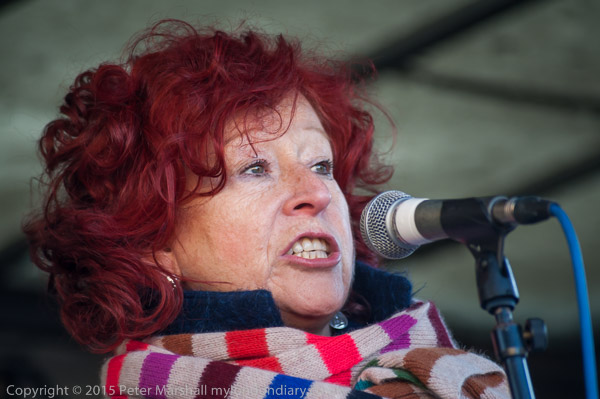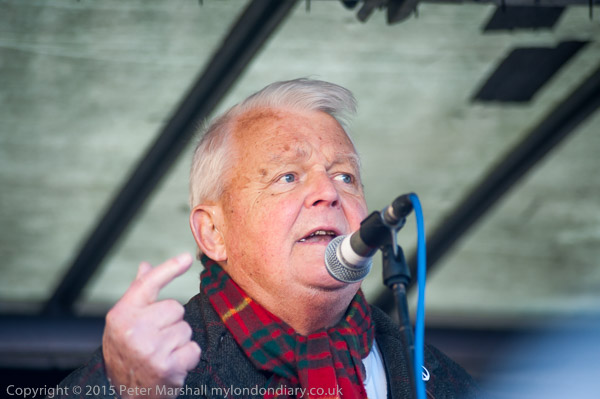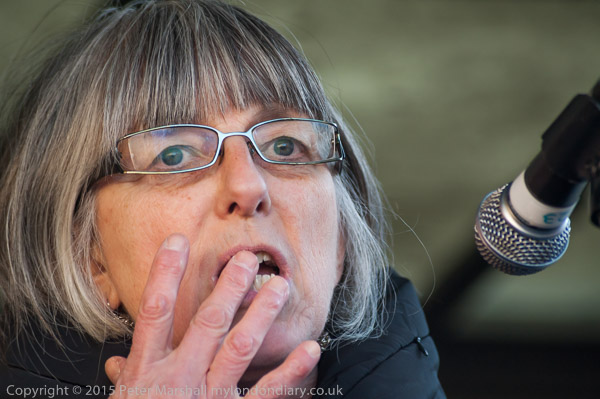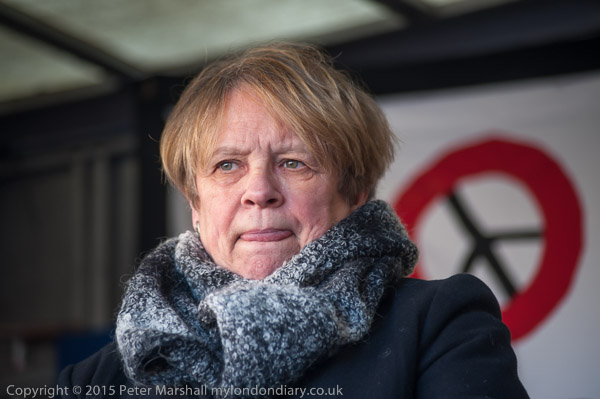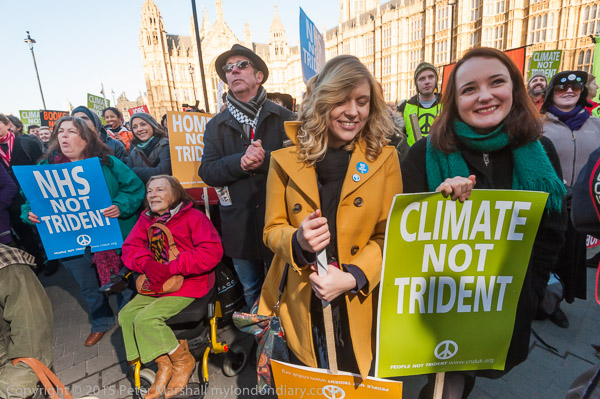
Part of the ‘thematic’ area of the exhibition
On Wednesday I went to see ‘Scarcity and Waste‘, an exhibition of the second Syngenta Photography Award, currently showing at Somerset House, London until 10 April 2015, free, and open daily from 10.00-18.00.

Rasel Chowdury and Karen Irvine
It’s an interesting show, and I was pleased to be taken with other bloggers on a tour of it by one of the jury, Karen Irvine, the Curator and Associate Director of the Museum of Contemporary Photography at Columbia College, Chicago, who also chaired a panel of four of the award-winning photographers. It was interesting to hear them talking about their work, and also to have the opportunity to talk with them and drink a glass or two of wine afterwards.

Rasel Chowdury talks with a man from Syngenta
I’ll come to the photography later, but first I want to say something about Syngenta. Although it isn’t a name that immediately meant much to me, I find it is the world’s second largest agro-company, and while walking around the show before the guided tour I began to feel just a few little seeds of doubt. And on coming home, my thoughts were confirmed when I googled ‘Seeds of Debt‘, made by Danish filmmaker Jens Pedersen, a film which blames Syngenta for suicides by Indian farmers unable to repay their debts. After threats of legal action by Syngenta, the film rights were purchased by DanWatch, “an independent media and research centre that investigates the impact of businesses on humans and the environment world-wide” whose Editor in Chief Louise Voller said they took full responsibility for its content, commenting: “We believe the message is too important. When companies like Syngenta try to threathen journalist, documentarists and vulnerable sources to silence them, we at DanWatch will take lead in making sure, that investigative journalism with documentation of human rights violations is published.”
You can watch the full 30 minute film online, or get a quick summary from the 47s trailer. Syngenta in January published a rebuttal, Looking after those who produce our seeds which you can also read, which elicited a replay by DanWatch the following day, standing by the allegations made in the film.
India isn’t the only place that Syngenta has hit the headlines, with at least two big stories from the USA. One, according to lawyers Wright & Schulte LLC is about the claims filed against them by “hundreds of U.S. farmers, corn growers, exporters and distributers…. after they allegedly incurred significant financial losses due to Syngenta, Inc.’s attempt to commercialize its Viptera GMO (genetically-modified) corn seed before the product was approved by Chinese regulators” and the other, perhaps more relevant to the exhibition, was settled in 2012, when Syngenta reached a $105 million settlement with over 1,000 MidWest community water suppliers over allegations in a class action pursued for over 8 years that agricultural herbicide Atrazine had contaminated water supplies. A water supplier alleged in 2004 “that Syngenta knew atrazine would run off into surface water but decided to market the product with complete disregard for the expense water providers would ultimately pay to remove the chemical from the water before supplying it to consumers.”
Having said that – and its information that you certainly won’t find in the material generously provided at the show or on the Sygenta Photo web site – the photography on display, whatever one may think of the corporate entity funding the show, certainly addresses fairly bluntly some of the major issues the world faces. Who too can argue with the premise of the show “In a world of limited resources, scarcity and waste have become fundamental social, political and environmental issues of our time“? Or with the conclusion “Something needs to change.” Though we might disagree rather fundamentally about the nature and direction of those changes. And perhaps shows like this may also lead at least some people to question the role of agribusiness generally – and Sygenta in particular – in actually creating some of the problems that we increasingly face.
Back to the photographs – and I deliberately haven’t included any of there here as they are shown better on the exhibition web site than I could. So I’ll include some appropriate links.

Mustafah Abdulaziz
Mustafah Abdulaziz, born in New York and based in Berlin, was certainly a worthy winner with the ten superb images you can see online. Although the top of the page has a slide show, it’s better to scroll down below to the grid of images and click on the grey rectangle, when the individual images then appear with their captions. Although these are powerful images, I think it devalues them to be seen without this essential context. Abdulaziz spoke eloquently about his work, and I was told that there will be video of the talk available on the site later.
Entrants for the Professional Commision are also required to submit a proposal for a further project related to the theme. At first I was a little surprised, even a little disappointed, that Abdulaziz’s proposal was “to look at California through the prism of water” (read more about it at the bottom of the web site page.) But on reflection it certainly makdes a lot of sense – the USA is of course the most profligate consumer of the world’s limited resources and will surely need to change more than the rest of the world.

Mustafah Abdulaziz, Richard Allenby-Pratt and Rasel Chowdhury talking
I found Rasel Chowdhury‘s work challenging. His chosen subject – the killing of Dhaka’s river by urbanisation and largely uncontrolled industrial activity – and in particular his treatment of it in dull, subdued and sombre tones is powerful, so much so that I found it hard to stay long in the room that houses it. In the leaflet and on the web site the images seem a little less extreme, perhaps rather warmer. But these are certainly not pictures I would want to hang on my wall.

Richard Allenby-Pratt
Third place went to UK photographer Richard Allenby-Pratt who has been based for some years in Dubai. Working as a commercial photographer, the landscape images from the UAE in his project ‘Consumption’ are a personal project which “explores aspects of the supply chain associated with the modern consumer; from the extraction of resources, to processing, manufacturing, energy production, construction, food production, logistics and retail, through to waste management and reuse.”
On the wall, I found these works rather cold, and I think they come over better on the web site (again better seen further down the page, where the captions also help to explain the inexplicable.) There is a surreal quality in thes images that appeals, particularly a half-built flyover, some pylons in the sea and trees left by gravel extraction), but on the wall I found the deliberate uniformity of approach which has very consciously been used for the project became just a little boring. Some of the screen images seem just a little more definite than the prints and I think this is an improvement, though those pylons need to be viewed in the orginal.

Stefano De Luigi makes a point in the discussion
After the 3 rooms of the main prize-winners came the 3 winners of the Open Competition. Benedikt Partenheimer‘s ‘Particulate Matter‘ with images through pollution with the location and air quality index as titles I think do need to be seen on the wall, and on the web lack the subtlety which is their major attraction. For me ShiziazHuang, AQI 360 was so much more impressive than the other two that I rather wish it had been the only one on show. Stefano De Luigi, winner of so many awards, including WPP in 1998, 2008 and 2010, had three great images, particularly one of a group of women attempting to get water from the bottom of a 20meter deep hole dug by villagers in Kenya, though his dead, twisted giraffe in a dried up riverbed is unforgettable. Camille Michel’s pictures from Lapland of abandoned equipment on the fringes of Sami villages were certainly interesting. It was perhaps surprising that she was the only woman to feature in the prizewinners.
One of the questions raised at the talk concerned the tension between the aesthetic approach and the content of work addressing serious issues such as scarcity and waste. It’s something I’ve sometimes felt difficult about in the work of photographers tackling environmental images which have produced beautiful images of hideeous pollution to be sold as high-priced art. To a lesser extent it’s something we always face when making documentary images, the need to produce images which will interest people enough to get them looked at them while ‘telling it how it is’ and will also encouraging people to action.
The exhibition also includes several rooms of work by around 40 other photographers selected from the very large entry, which included quite a few images that intrigued or amused me, with a wide range of approaches. Although many were of interest, it seemed perhaps a little lacking in coherence. But certainly the show is worth a visit if you are in London.
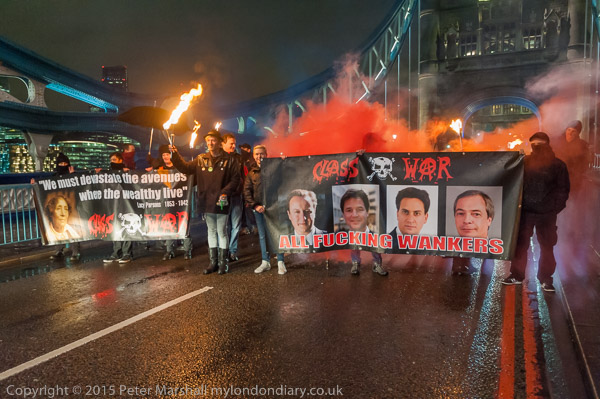
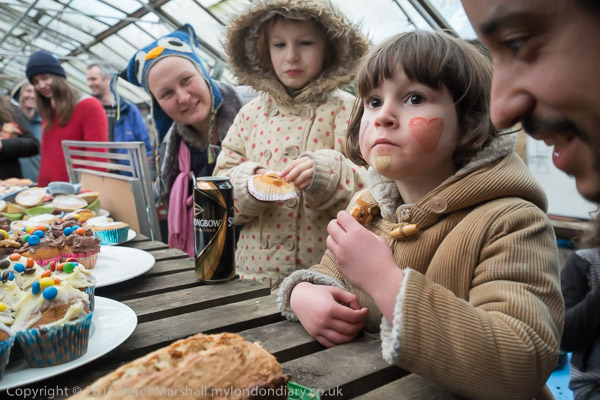
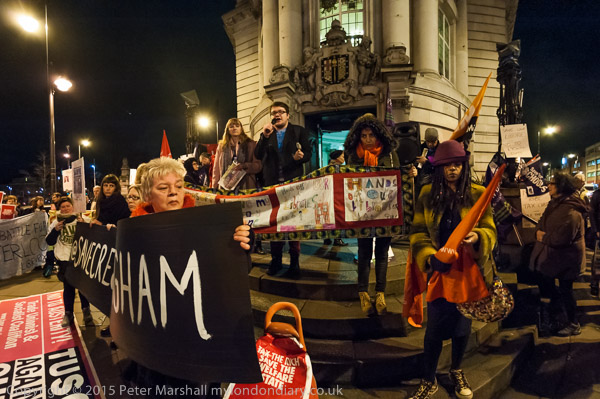
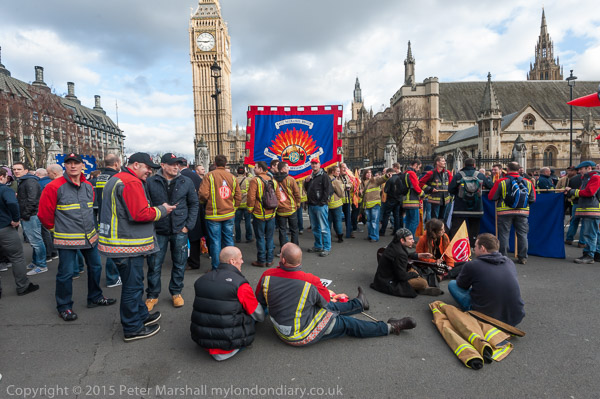
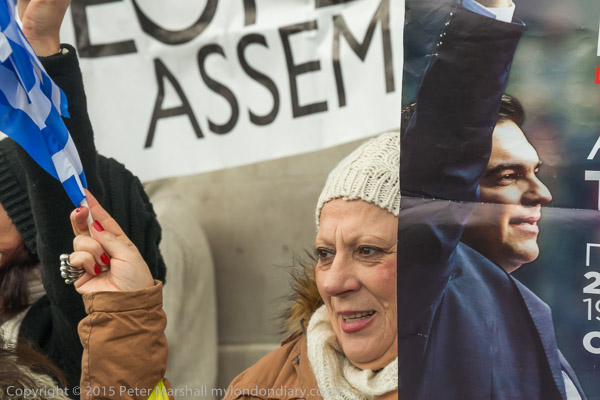
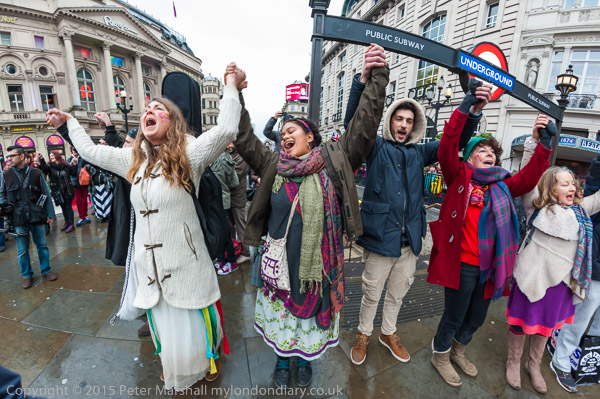
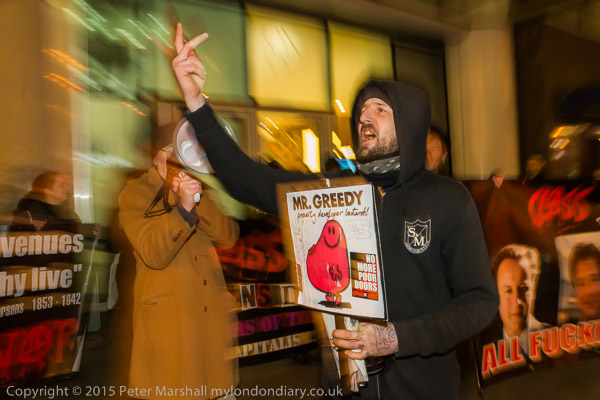
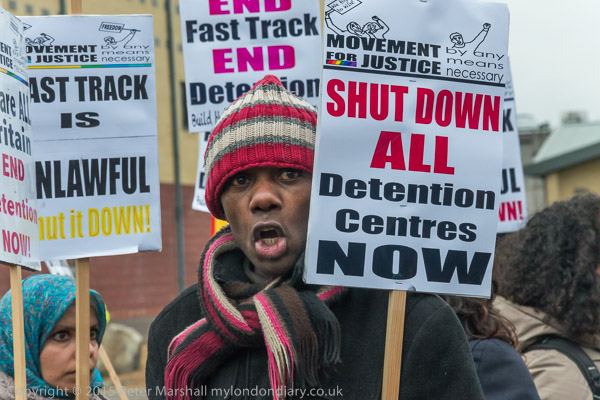


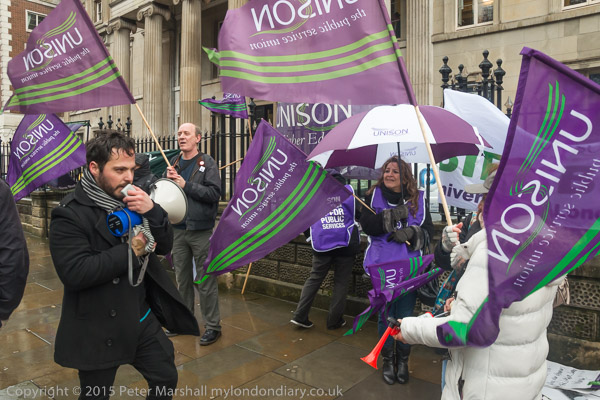
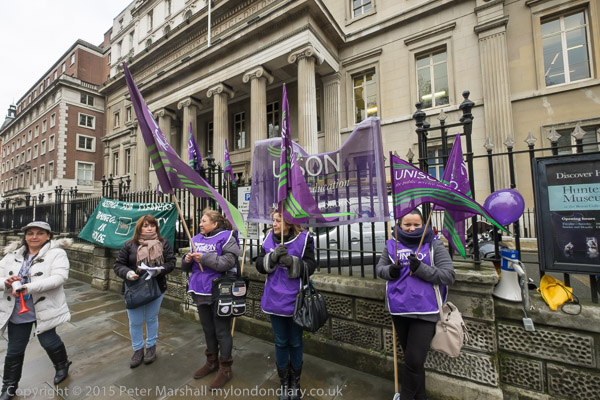
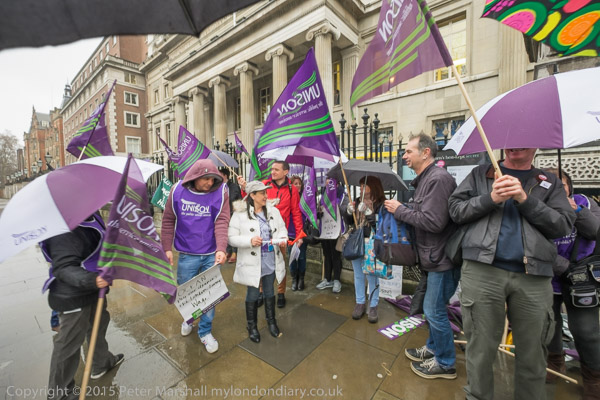

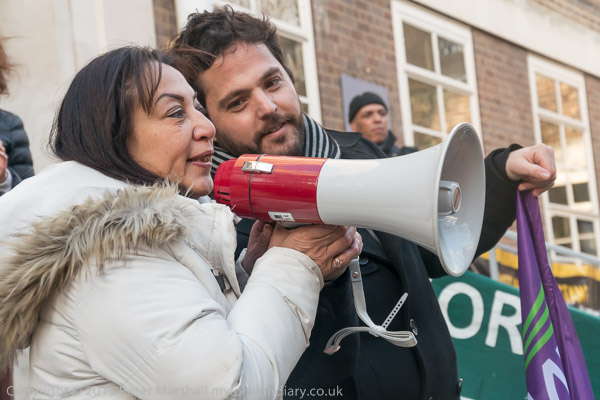

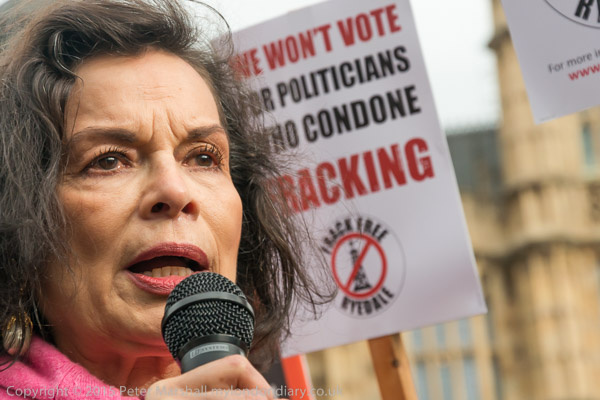
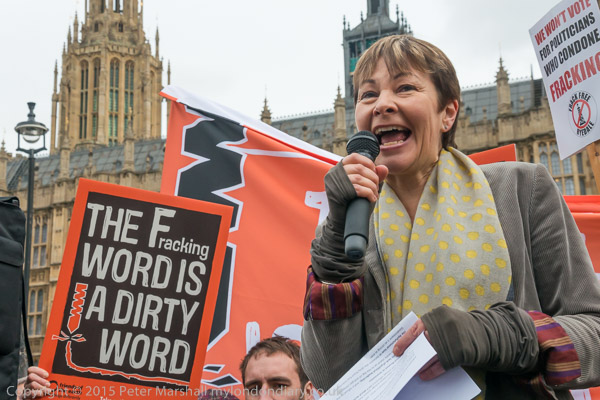
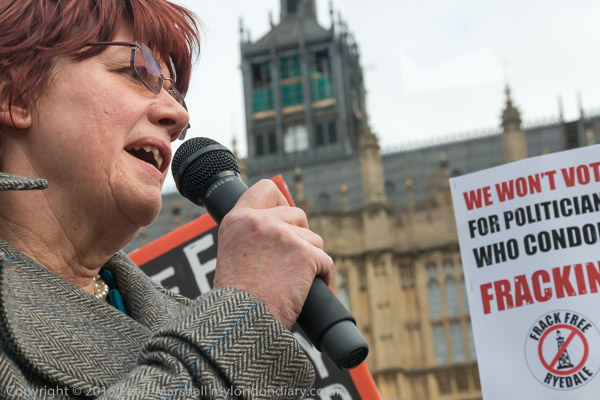
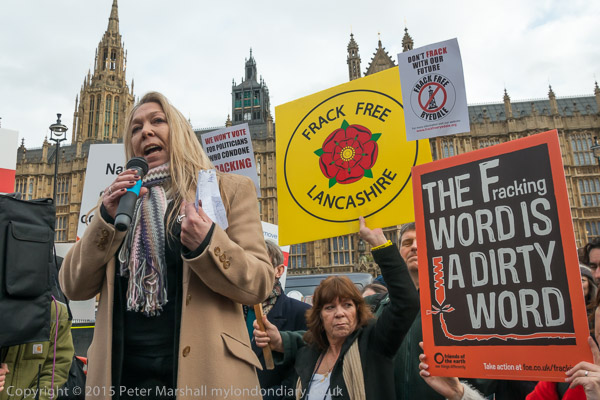
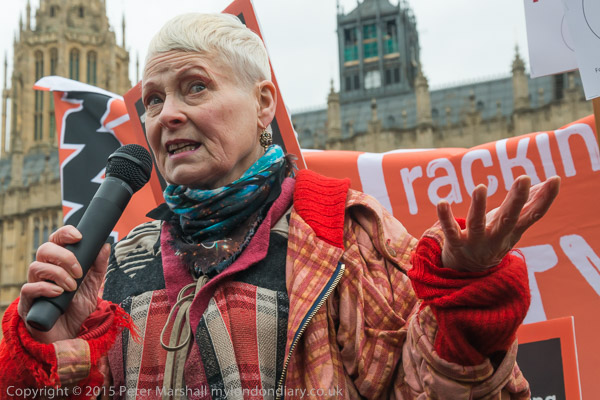 D800e, 18-105mm DX, 42mm (63mm)
D800e, 18-105mm DX, 42mm (63mm) 